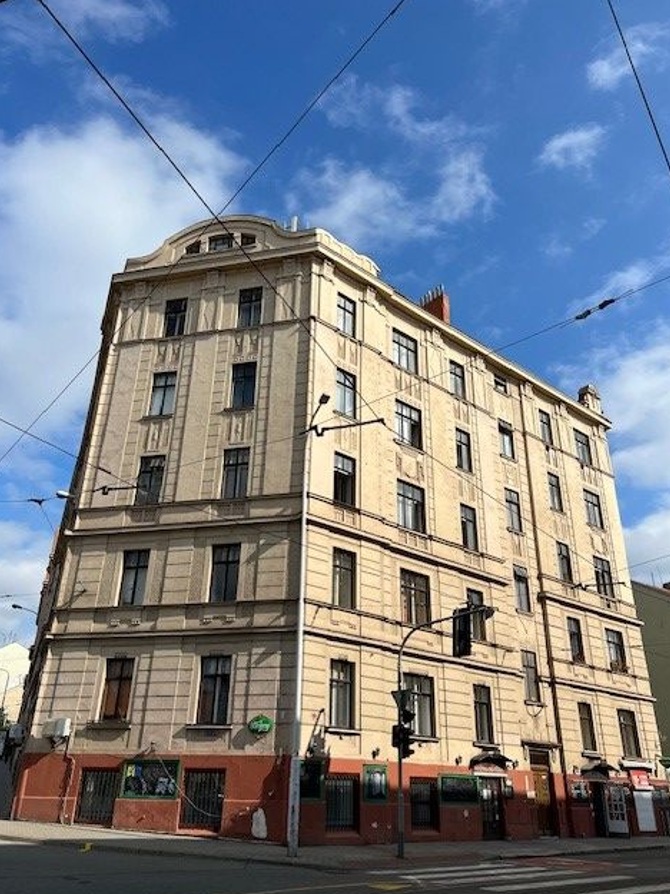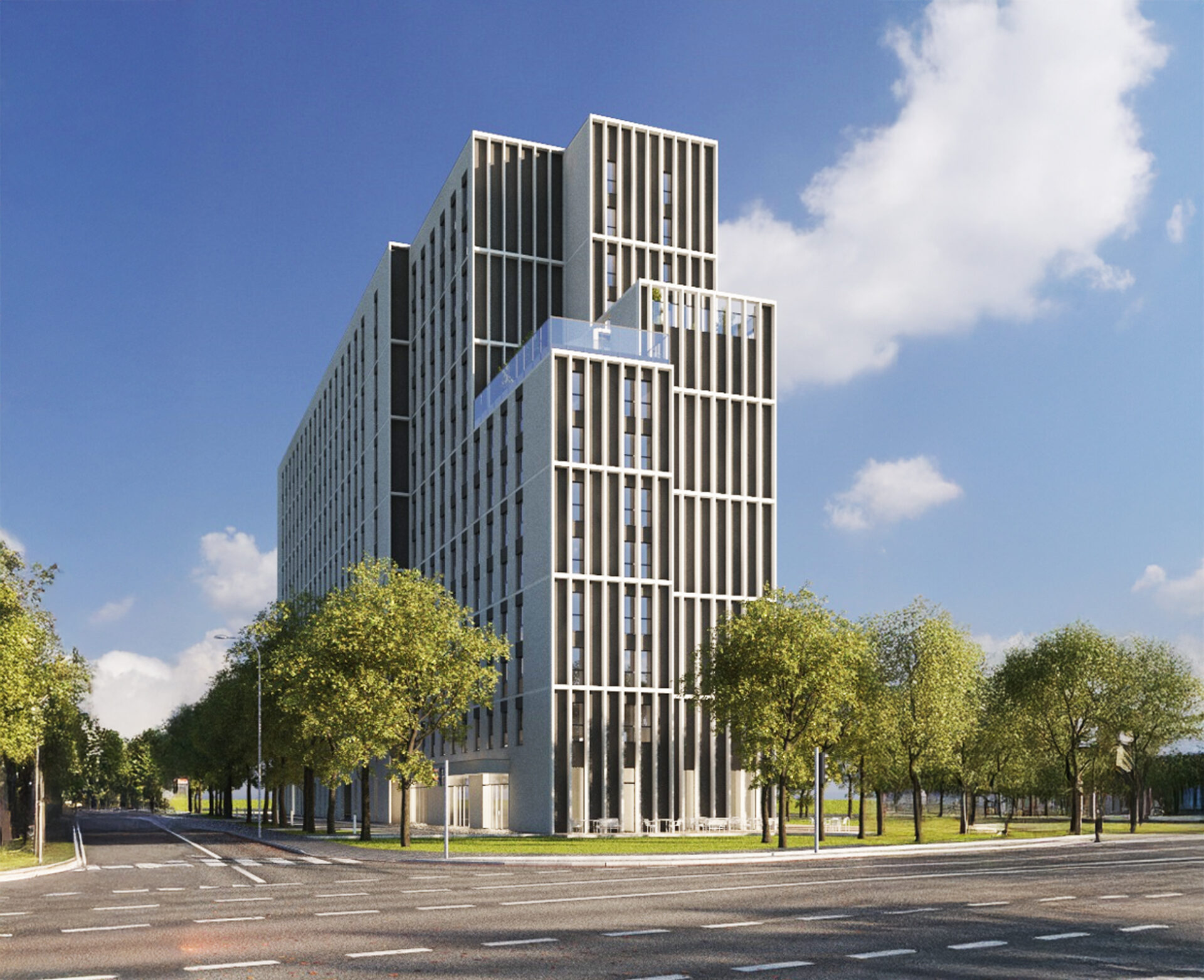In the first half of 2024, the investment market in Poland recorded a noticeable increase in investor activity. The transaction value reached over €1.65 billion, representing an 86.5 percent increase compared to the same period in 2023. With over 50 agreements concluded, the market approached 85 percent of the combined investment volume from the entire previous year. The authors of the Savills report note that market players were eager to invest in the office sector, and buildings in regional cities also attracted their interest.
The market is emerging from stagnation The majority of transactions took place in the second quarter, accounting for 80 percent of the total transaction value. Throughout the first half of the year, domestic investors completed 12 percent of all purchases, spending over €206 million on all types of real estate. Investors from other Central and Eastern European countries accounted for 21 percent of the transaction volume value. In the first half of the year, Warsaw was the location where funds made purchases worth close to 50 percent of the total value of all transactions. Although investors acted selectively, focusing on assets with high growth potential, the number of active buyers in the market increased.
“The current transaction volume does not fully reflect the investment sentiment. This is likely to improve over the next year, especially when funds with pan-European strategies enter the game more strongly and begin transactions in Western European markets. Despite this, the gap between sellers’ and buyers’ expectations remains significant, which will be reflected in the number of transactions, particularly in the premium asset segment,” says Mark Richardson, Head of Investment, Savills Poland.
Offices
The office sector dominated the investment market in Poland, reaching a transaction value exceeding €800 million, which represents a 301 percent increase compared to the first half of last year. In total, 22 sales agreements were signed from January to the end of June, including six transactions concerning office buildings in regional cities. Unlike in 2023, investors now finalized transactions involving premium properties. On the other hand, the report authors note that value-add office buildings with potential for property value growth were still decidedly more popular.
Retail properties
In the retail real estate sector, transactions totalling €497 million were concluded, representing a 149 percent increase compared to last year. The sale of a portfolio of six shopping centers to Star Capital Finance had a significant impact on the results. The total transaction value was €285 million. In the first half of the year, investors continued to show considerable interest in retail parks and smaller facilities.
Logistics, warehouse, and industrial properties
Despite increased investor activity, the sector recorded a decrease in transaction value to €294 million, representing a 33 percent decline compared to the first half of 2023. The number of active investors is growing, but they are primarily focusing their attention on modern facilities with solutions helping to achieve ESG goals, located in major logistics hubs.
Institutional rental (PBSA and PRS)
The report authors observe a significant increase in investor interest in private student housing, and the highlight of the half-year was the launch of a private dormitory platform involving Signal Capital Partners, Griffin Capital Partners, and Echo Investment. Over the next 3-5 years, this trio plans to invest in developing a portfolio of up to 5,000 beds in private, modern, and energy-efficient dormitories in the most important academic cities in Poland. The institutional rental sector for apartments (BtR) is also attracting attention, but transaction activity is limited. In the first half of 2024, operators had a pool of 1,400 such apartments.
“We expect investment activity in the Polish market to grow over the next 6-12 months. We anticipate that the lowering of interest rates by the European Central Bank may improve investor sentiment and increase market activity. Poland remains an attractive market for capital from Central and Eastern European countries, including the Czech Republic and Baltic countries. Investors’ perception of the Polish market has not changed; they still view Poland as a mature, developed, and stable market where investing continues to be profitable,” says Mark Richardson.







